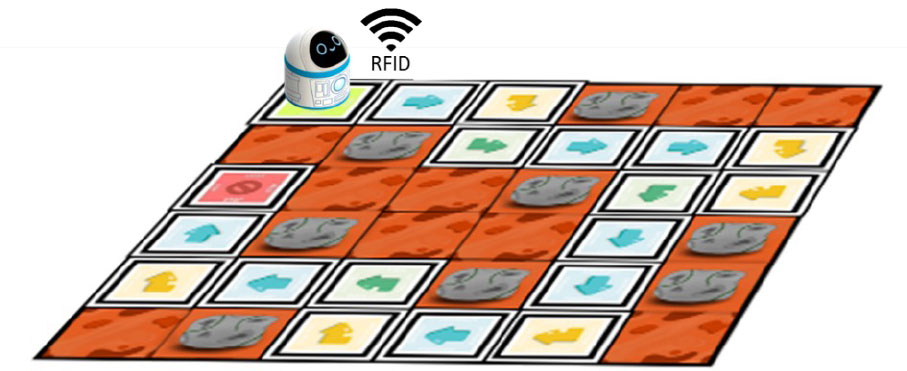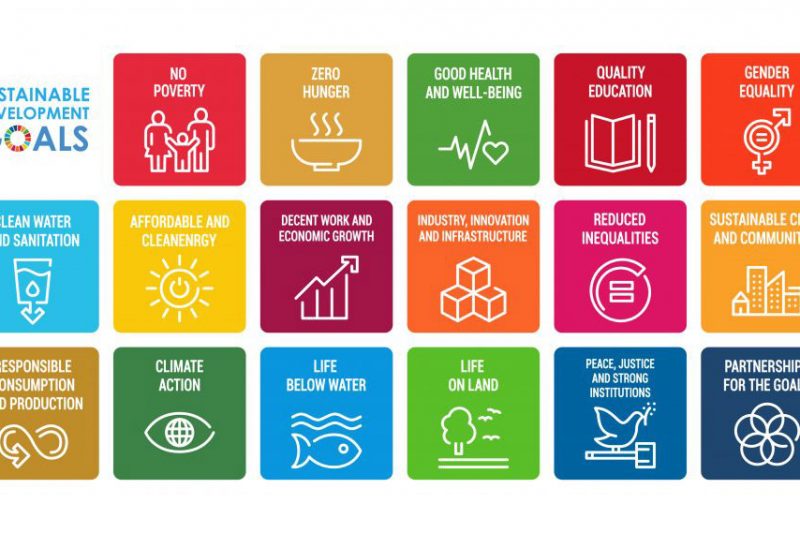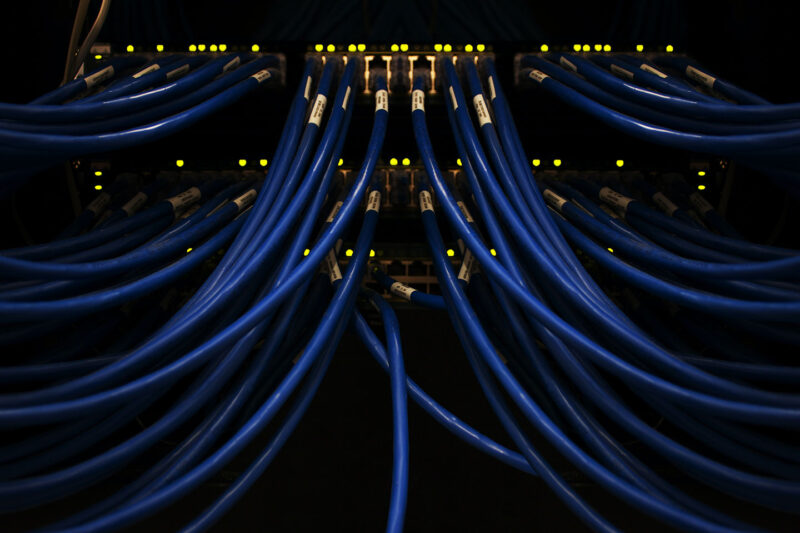“Robo-Buddy is an innovative educational tool designed to introduce elementary school students to fundamental coding concepts. This small-scale robot, equipped with RFID technology, interprets commands from specially designed cards, translating abstract programming principles into tangible, real-world actions. Through a series of engaging activities, students arrange command cards to navigate Robo-Buddy through custom-built maps, encountering obstacles and reaching specified targets. This hands-on approach fosters computational thinking, problem-solving skills, and basic programming logic. The immediate visual and auditory feedback provided by Robo-Buddy’s movements, lights, and sounds reinforces learning outcomes and maintains student engagement. By bridging the gap between physical interaction and digital concepts, Robo-Buddy offers an accessible and enjoyable entry point into the world of coding, preparing young learners for the increasingly digital future while cultivating critical thinking and collaborative skills essential for 21st-century education.”
[ https://www.youtube.com/watch?v=M6dA_XtSSmU ]
At our institution, we have developed a groundbreaking teaching and learning strategy centered around Robo-Buddy, an innovative robot companion designed to introduce elementary school students to coding concepts. This strategy aligns with our core values of fostering technological literacy, promoting hands-on learning, and nurturing problem-solving skills from an early age.
Main Features and Implementation
Our strategy revolves around integrating Robo-Buddy into elementary school curricula. Key features include:
- Tangible Programming: Students use RFID-equipped command cards to program Robo-Buddy, bridging the gap between physical interaction and digital concepts.
- Visual Feedback: Robo-Buddy’s movements, lights, and sounds provide immediate visual and auditory feedback, reinforcing learning outcomes.
- Problem-Solving Activities: Customizable map layouts challenge students to navigate Robo-Buddy through obstacles, promoting critical thinking and computational skills.
Implementation involved collaboration with elementary schools, teacher training programs, and the development of age-appropriate learning materials.
Embracing New Technology
Robo-Buddy exemplifies our commitment to leveraging technology in education. By combining robotics, RFID technology, and simple programming concepts, we’ve created an accessible platform for young learners to engage with coding principles. This approach demystifies complex technological concepts, making them tangible and engaging for elementary students.
Creating an Environment Valuing Teaching Excellence
Our institution has fostered teaching excellence through Robo-Buddy by:
- Incorporating Robo-Buddy into our core curriculum from the earliest stages of education, with pre-service teachers implementing it as a key learning tool.
- Offering comprehensive training programs that empower educators to effectively utilize Robo-Buddy across diverse classroom environments.
- Continuously refining our Robo-Buddy-based teaching methodologies through the integration of student feedback, ensuring our strategies remain relevant and effective.
Recognizing and Rewarding Innovation
Robo-Buddy’s innovative design and educational efficacy have been recognized with a gold medal at an international invention competition. This accolade has:
- Validated Robo-Buddy’s effectiveness as a teaching tool
- Inspired educators to incorporate creative teaching strategies
- Fostered a vibrant learning community for sharing best practices
- Attracted interest from other institutions, leading to collaborative partnerships
- Reinforced our commitment to innovative teaching methods and educational technology research
This recognition has cultivated a culture of continuous improvement and knowledge sharing among our educators.
Enhancing Learning Experiences
Robo-Buddy enhances learning experiences by:
- Providing a hands-on, interactive approach to coding that caters to different learning styles.
- Encouraging collaborative problem-solving as students work in groups to program Robo-Buddy.
- Offering scalable challenges that allow students to progress at their own pace, from basic sequencing to more complex algorithmic thinking.
For graduate students in education and computer science, we’ve created opportunities to contribute to Robo-Buddy’s development, fostering a cycle of innovation and mentorship.
Strategic Alignment
Our Robo-Buddy initiative aligns seamlessly with our university’s overall strategic plan by:
- Advancing our commitment to STEM education and digital literacy.
- Strengthening partnerships with local schools and educational institutions.
- Positioning our university as a leader in innovative teaching methodologies.
- Supporting our goal of nurturing a new generation of technologically adept and creative problem-solvers.
By Faculty of Education, Chulalongkorn University
Others
Chula’s Communication Courses in Digital Era
Chulalongkorn University plans to overhaul communication arts’ curricula to remain relevant in today’s media industry and to draw more applicants. The existing courses will be adapted and updated while new courses will also be introduced.







